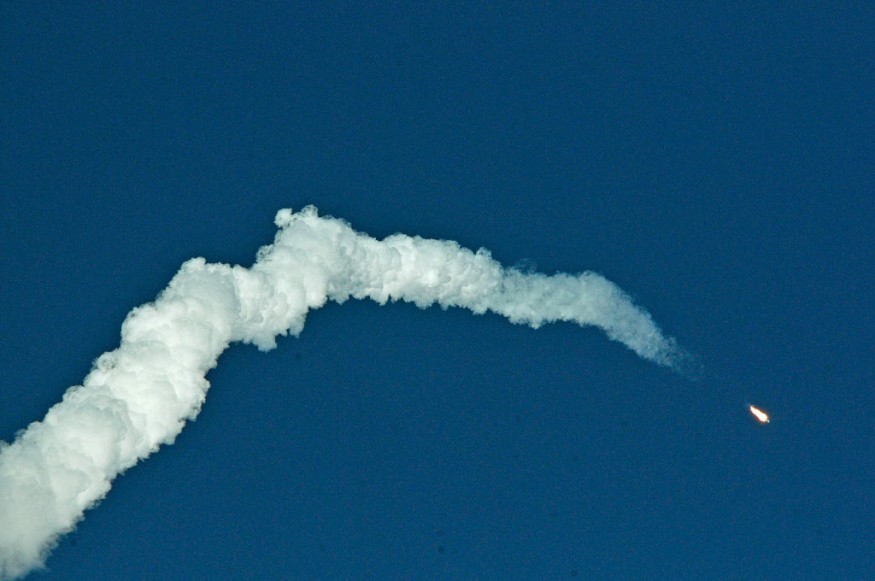A SpaceX Falcon 9 carrying 53 Starlink satellites successfully launched from the Cape Canaveral Space Station in Cape Canaveral, Florida, on Thursday, April 21, 2022.
The two-stage rocket took off in Florida at 1:51 p.m. EDT, less than a month after the previous Starship flight to space.
The first stage landed on the SpaceX drone ship Just Read the Instructions in the Atlantic Ocean around 8.5 minutes after taking off from the launchpad.

SpaceX Falcon 9's 12th Mission Launch and Land A Success
The newest Falcon 9 endeavor completed its first stage landing on the drone ship known as the Just Read the Instructions. SpaceX affirmed that the mission was a success. It is Falcon 9's 12th launch and landing mission of the year, and it represents a significant milestone for the corporation compared to others.
SpaceX's mastery of the Falcon 9's utilization is a significant step forward for the company, demonstrating their global prominence in the space business. Many enterprises, whether private or public, engage SpaceX and its Falcon 9 as the rocket to send their payload to orbit with assurance.
Elon Musk, the CEO of SpaceX, said on his Twitter account that the freshly launched satellites had already arrived at their initial parking position, which holds the equipment before they begin operations.
Starlink satellites deployed into initial parking orbit pic.twitter.com/73sOZkUJaJ
— Elon Musk (@elonmusk) April 21, 2022
The satellite that is not in use is in the initial parking orbit. While SpaceX prepares it for deployment, the batch will remain there and await further instructions from the firm.
The US Space Force's meteorologists predicted that the launch would have a 70 percent probability of success, with ground winds being the greatest threat.
The upper stage's engines went down nine minutes into the flight. The upper stage restarted its engines after coasting over Europe and the Middle East. It lasted a second, giving the Starlink satellites enough time to acquire a correct orbit and detach from the fairing.
They were placed in an orbit just shy of 200 miles above the Earth about an hour after launch. To travel to the operating height of 335 miles above the globe, the satellites will expand solar arrays and employ thrusters.
About The Launch
Over 2,000 Starlink internet satellites are now in orbit, and SpaceX has received FCC authority to launch up to 12,000 more to launch up to 30,000.
Daily Mail said the Falcon 9 is 229 feet tall, and it took off from Pad 90, heading northeast, powered by nine Marlin 1D main engines.
SpaceX's ability to reuse the first stage of its rockets lowers the cost of each launch and puts them on par with the older firms.
The drone ship was about 400 miles east of Charleston, South Carolina, roughly 400 miles downrange from the launch pad in the Atlantic Ocean.
With the tail number B1060, the rocket landed on the drone ship for the 12th time after delivering a GPS satellite for the Space Force on its inaugural mission in June 2020.
Before this flight, the most recent use of this launcher occurred on March 3, when it was used to launch another batch of Starlink internet satellites.
Musk previously stated that the Falcon 9's reusable components should be able to be reused at least 100 times.
RELATED ARTICLE : SpaceX Falcon 9 Rocket Launch Bringing 4 Astronauts to ISS Moves To Friday; How to Watch Live
Check out more news and information on SpaceX in Science Times.
© 2026 ScienceTimes.com All rights reserved. Do not reproduce without permission. The window to the world of Science Times.












